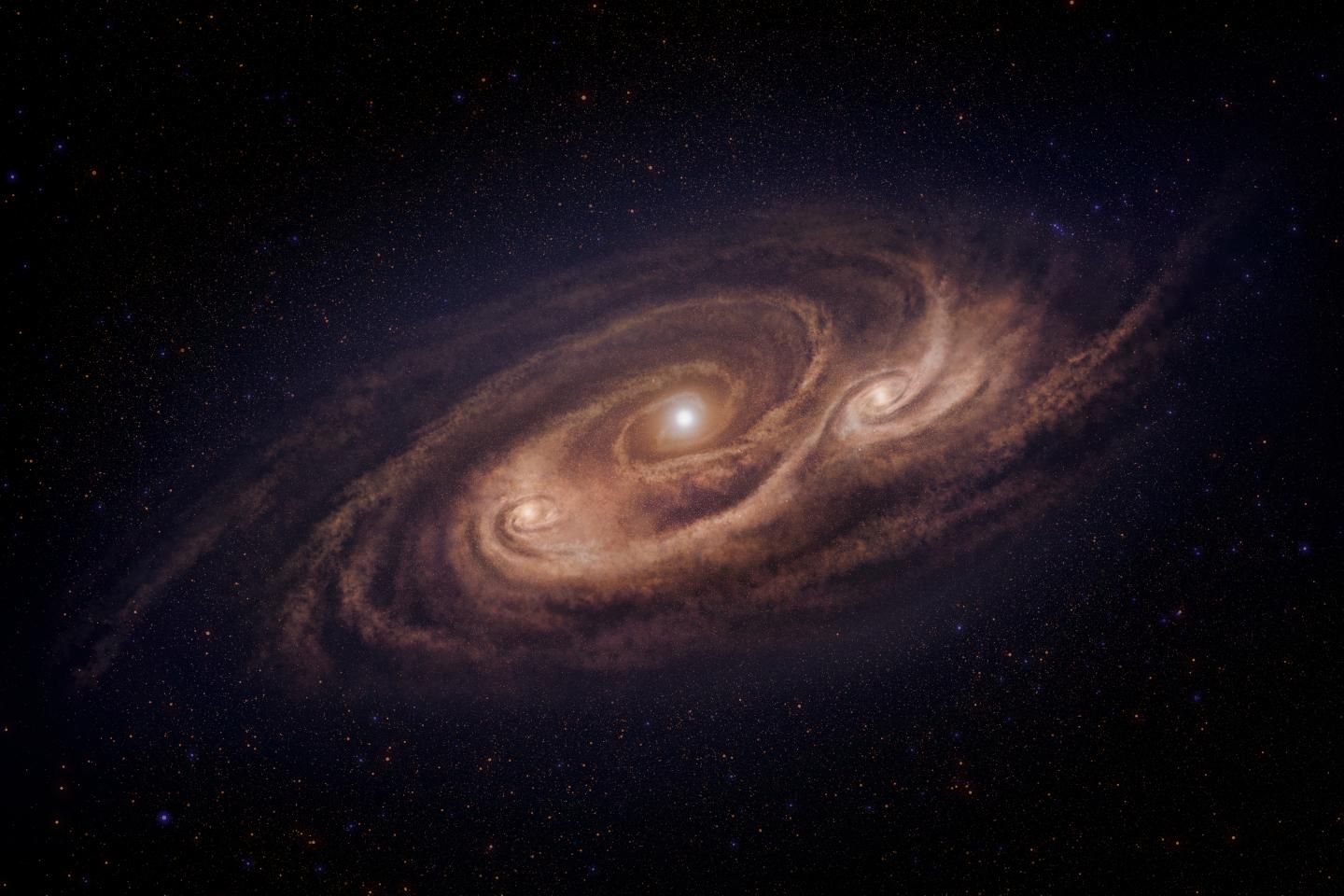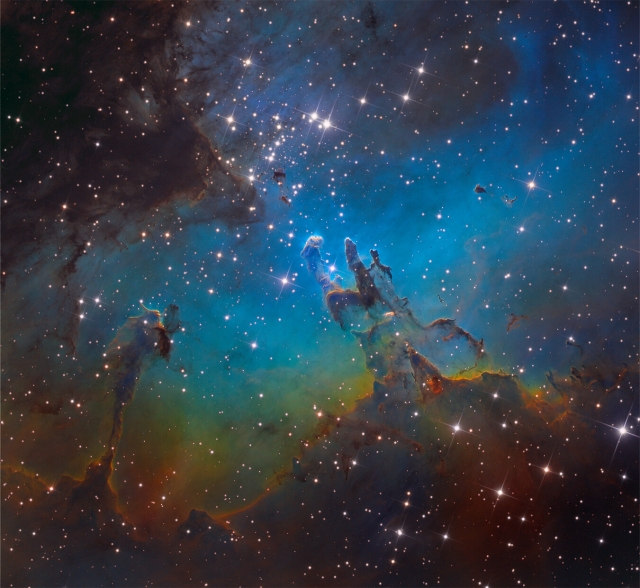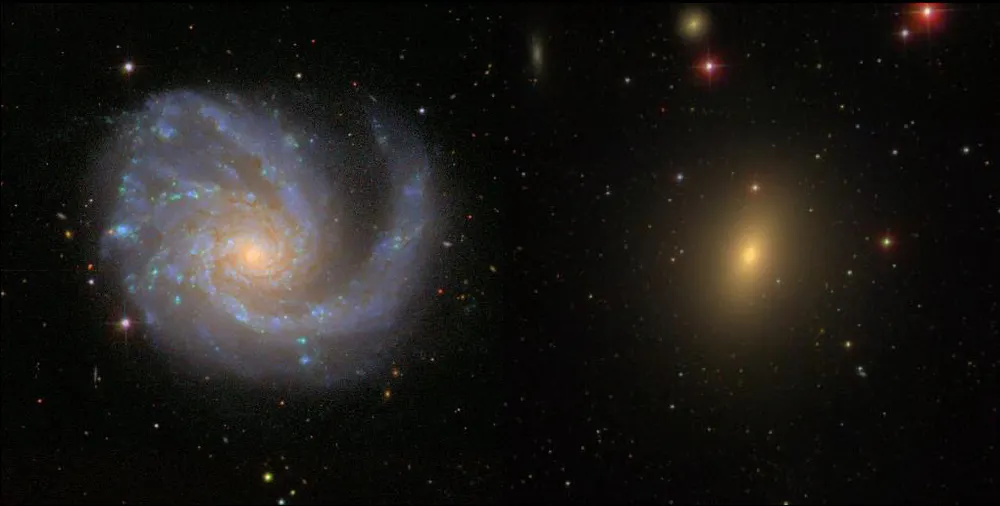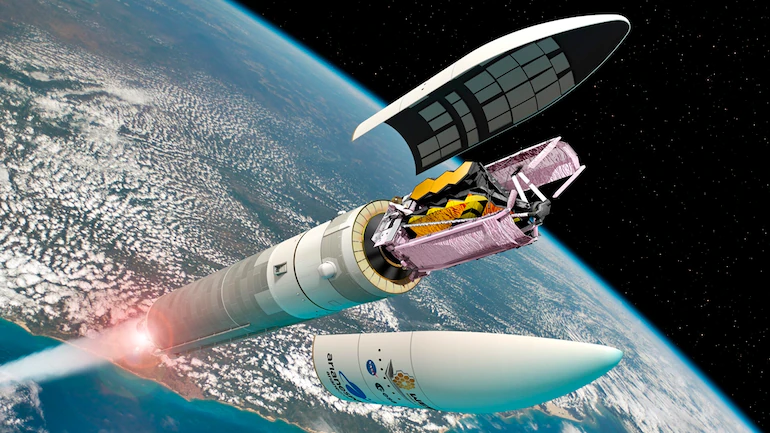
How do galaxies form and evolve across cosmic time?
My research aims to answer this question by using cutting-edge observing facilities from ground and space as well as novel methods such as science platforms and machine learning / AI.
I am the U.S. lead principal investigator of ALPINE, a 70-hour ALMA program to study the gas and dust properties of today's largest galaxy sample in the early Universe at redshifts z = 4-6. I am leading groups in several large collaborations including the Cosmic Evolution Survey (COSMOS), the Cosmic Dawn Survey, as well as our new 255 hour COSMOS-Web cycle 1 JWST program. As part of the Joint Survey Processing and Tech-Initiative Science Platform team at Caltech/IPAC, I am co-leading new innovations and science tools to prepare for the next generation of ground and space-based missions and the high-volume datasets they will provide. I am part of the science team and a pipeline scientist of the SPHEREx mission (to be launched in 2025), and I am also involved in PRIMA, the next-generation far-infrared telescope. Finally, I co-lead the AGN science working group for the Canada-led CASTOR ultra-violet space telecope mission (to be launched late 2020s).
Below, I summarize the different topics in which I carry out research by myself, with my team of students and postdocs, or as leading part of larger collaboration. Interested in working on projects related to these topics? Let me know!

How do the First Galaxies Form?
The ways galaxies grow their mass is not completely understood. Are galaxies forming by continuous accretion of gas, in starbursts, or even via major collisions? By combining photometric and spectroscopic measurements of galaxies living only a couple of 100 million years after the Big Bang (redshifts z > 8), we are able characterize their environment, structure, and growth. Multiple approved JWST programs, led by myself or collaborators, will provide the first spectroscopic measurements of these galaxies. Together with ground-based observatories, we push cross-facility observations to obtain a panchromatic view of these galaxies to decipher their origin and the environments they live in.

How do Galaxies Evolve?
Galaxies in the early universe are rather different compared to modern galaxies (such as our Milky Way) in structure and chemical composition. But how different are they and why? As U.S. lead PI of ALPINE, my team and I pioneered today's largest sample of galaxies in the early universe with multi-wavelength coverage in imaging and spectroscopy. Together with JWST and future ground-based telescopes, the structure and chemical compounds of these galaxies can be measured and compared to later galaxies to study their evolutionary path in the first billion years.

What is the Fate of Galaxies?
While galaxies in the early Universe are highly star forming, the star formation rates drop significantly about 3 billion years after the Big band (or ~10 billion years in the past). Within large surveys and with the help of novel methods, we search for the first so-called quiescent galaxies in the Universe to study why, how, and when galaxies stop forming stars.

Big Data and Machine Learning
Novel datasets require novel methods. Machine learning is a promising (and necessary?) avenue to scope with the large data volume obtained by future missions. Together with computer science students, I develop new algorithms that will enable us the get the most out of these data. Applications are the search for quiescent galaxies, brightness-variable sources (such as Active Galactic Nuclei), or simply to classify stars and galaxies on large astronomical images.

The Next Generation of Telescopes
With the launch of JWST, the new era of ground and space-based telescopes has begun. My research will actively use data from JWST, Euclid, and the Roman space telescopes as well as the Rubin ground-based telescope. I am also heavily involved in building new space telescopes from scratch: This includes SPHEREx, the fully IPAC-led ISCEA space telescope, as well as the Canada-led CASTOR ultra-violet space telescope.